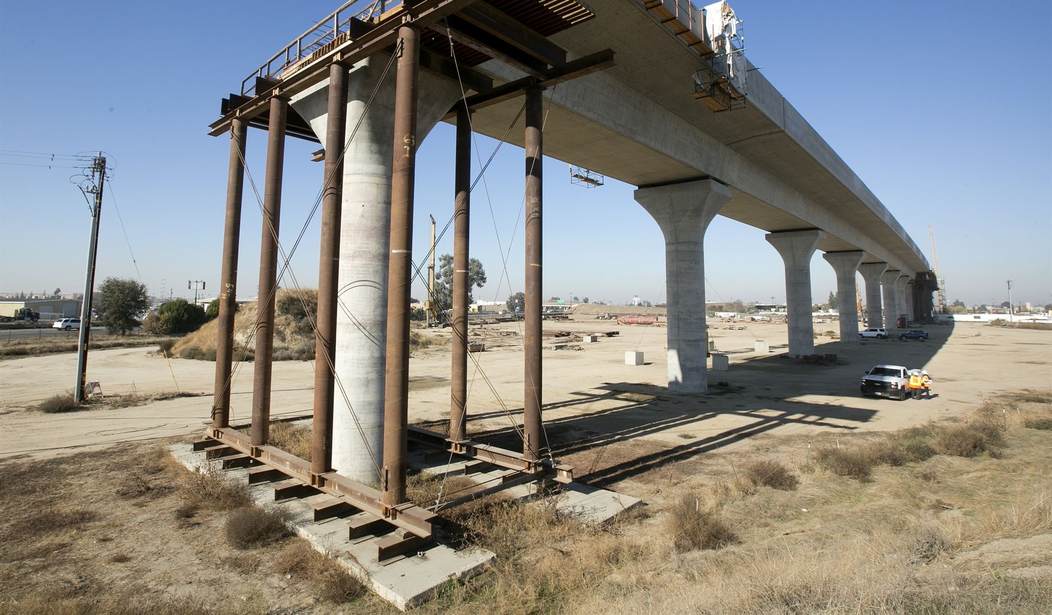The CEO who has been running the high speed rail project in California since 2018 announced last week that he was stepping down.
[Brian] Kelly inherited a massive project that had been bogged down by slow acquisition of property for the route through the central San Joaquin Valley and beset by schedule delays and cost increases. One of the first efforts that Kelly directed was to emphasize learning from previous miscues and to sharpen the agency’s focus on completing the construction segments in the Valley with the money it had in hand. Kelly also advocated putting the Valley “backbone” of the statewide system into service as rapidly as possible while lining up funds for expansion of the routes north and east to the San Francisco Bay Area.
“I took this job with the intent to stabilize the organization, to have it perform better, and to try to get reinvestment of public funds in the project, and I feel good about it. I feel like I’ve achieved much of that,” Kelly told The Bee on Thursday. “This project is on an uptick and it’s time for it to transition to the next generation of leader for its next phase.”
The coverage of this doesn’t make much sense to me. This is a project that began more than a decade ago at a projected cost of $33 billion. Now here we are 16 years later and the cost has shot up to more than $100 billion and the plan is to complete the least useful part of the system by 2030.
That 171-mile stretch connecting Merced to Bakersfield is expected to begin operation around 2030 and construction has been moving along steadily with a number of massive infrastructure projects, including bridges, viaducts and grade separations, completed just in the last 12 months.
As of October 2023, the California High-Speed Rail has completed 43 structures, started work on 32 more and completed 56 miles of guideway. Work is beginning to expand from the current 119 miles of active construction to the full 171 miles of double-track electrified rail that will comprise the initial operating segment.
Even this railway through central California is a long way from having enough money to complete it. Last month the Biden administration kicked in another $3 billion but that’s only about 10% of the remaining budget for this phase of the project.
California will receive about $3.1 billion from the Biden Administration to help advance planning and construction of the state’s bullet-train line through Fresno and the San Joaquin Valley, including extensions to Merced and Bakersfield…
Prior to Tuesday’s announcement, the federal government has already provided about $3.5 billion toward California’s high-speed rail program, much of that announced by the Obama administration more than a decade ago from the American Recovery and Reinvestment Act.
But the project has encountered an array of schedule delays and cost increases since 2010. Operations on the Merced-Bakersfield line are currently planned to commence sometime between 2030 and 2033. The latest cost estimates for construction of the Merced-Fresno-Bakersfield segment range between $29.8 billion and $32.9 billion.
The real problem of course is that, if the past is any guide, the budget will almost certainly go up more than $3.1 billion over the next six years. Where is the remaining $25-$30 billion coming from? Not from the state of California which is now facing a budget deficit for the next several years.
I guess the idea here is to spend so much state and federal money on union labor that the scale of the sunk costs make it impossible to walk away from the project even if that makes the most sense. Maybe by 2035 or so California will be home to the most expensive high speed rail system in the world.








Join the conversation as a VIP Member